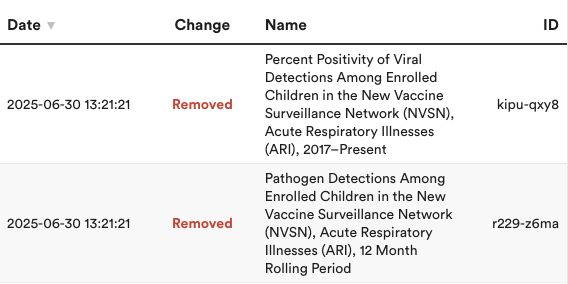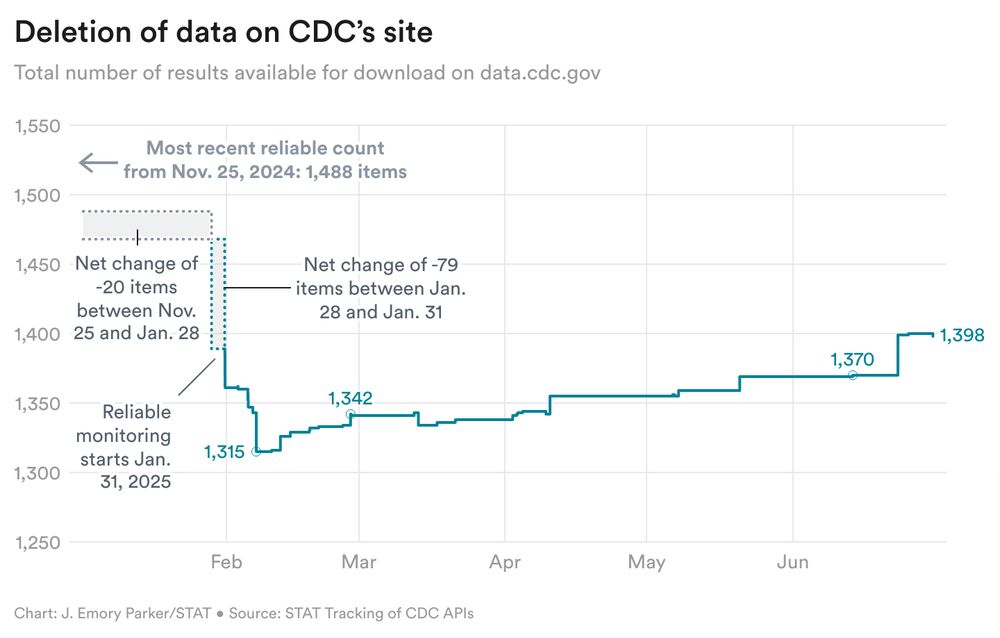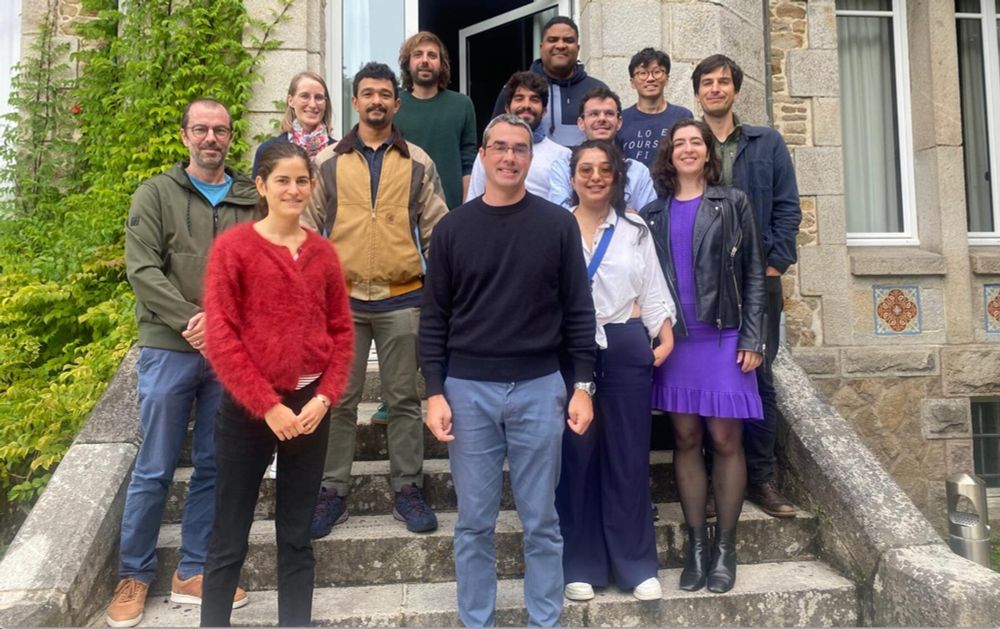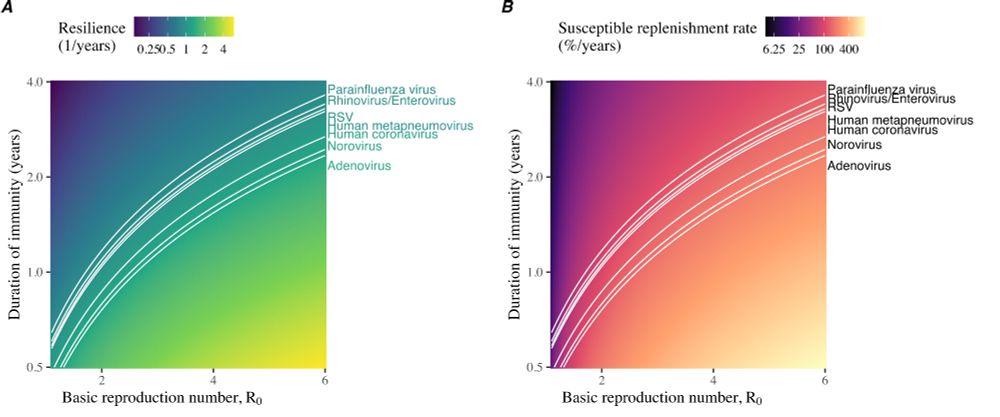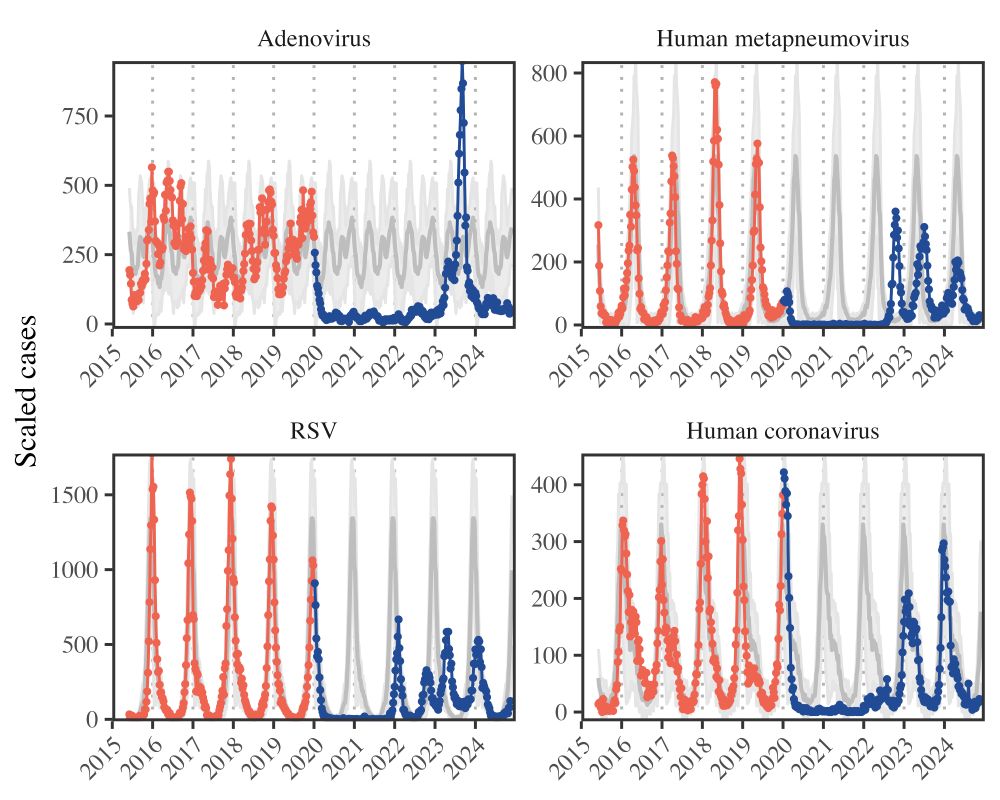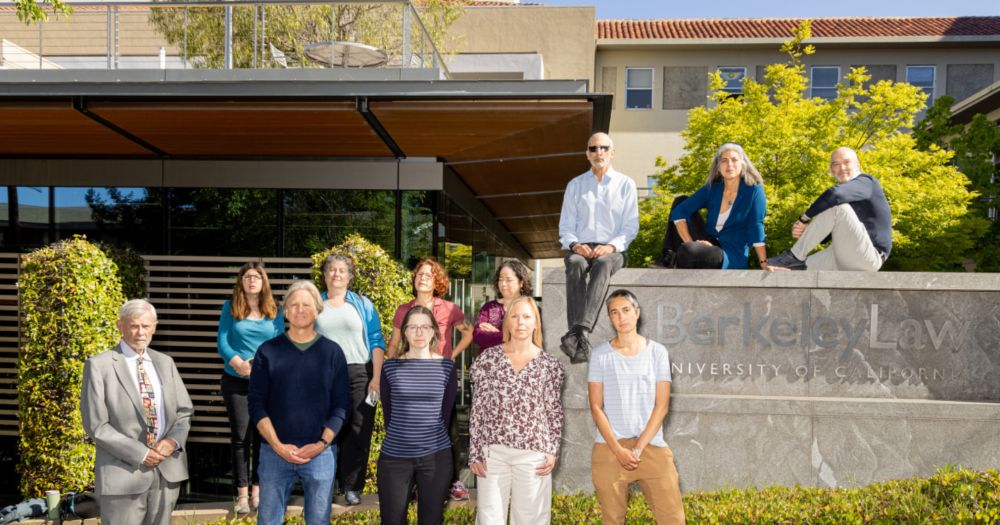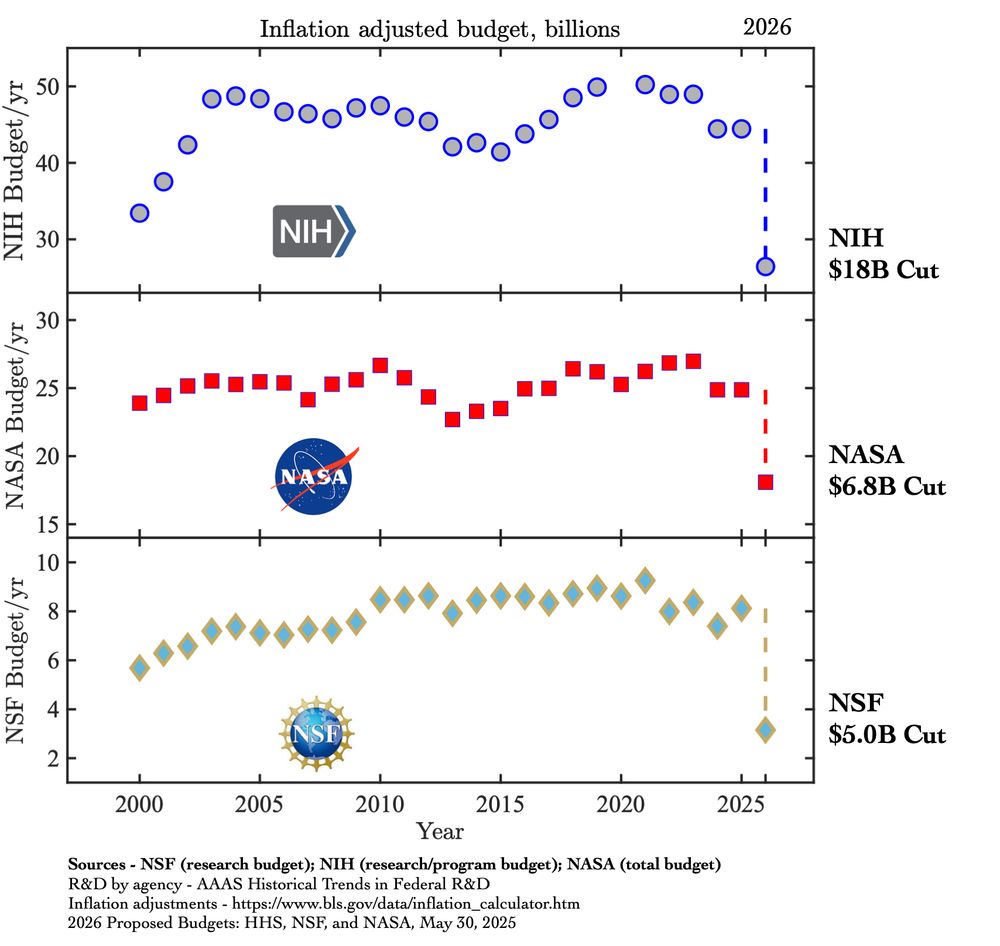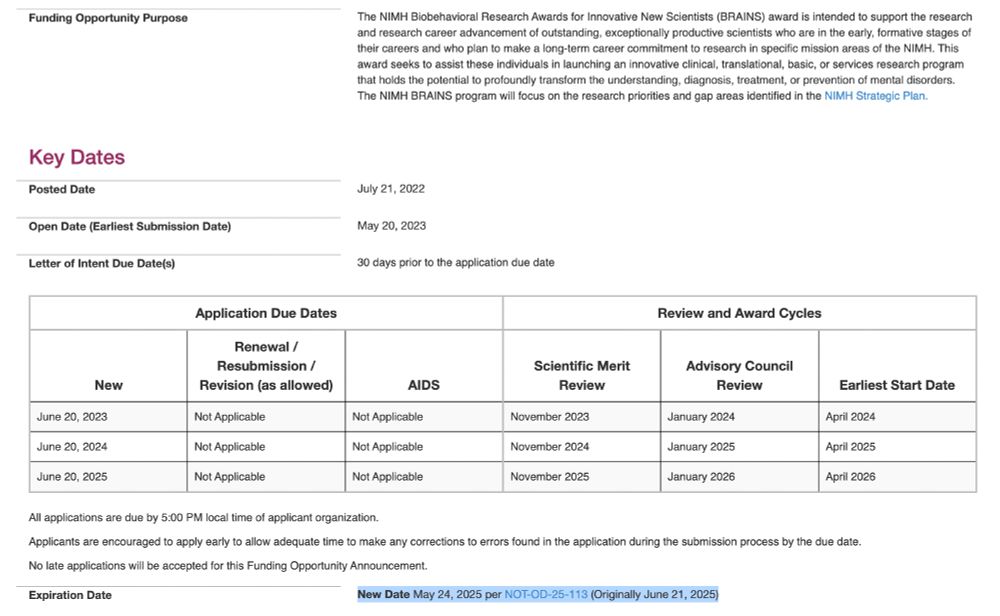Sarah Cobey
@cobey.bsky.social
3.9K followers
700 following
79 posts
Professor at U. Chicago. Computational epidemiology, evolution, influenza, SARS-CoV-2, vaccines, and B cells. Infectious disease dynamics across scales.
Posts
Media
Videos
Starter Packs
Reposted by Sarah Cobey
Reposted by Sarah Cobey
Michael Baym
@baym.lol
· 18d
Sarah Cobey
@cobey.bsky.social
· Aug 30
Reposted by Sarah Cobey
Will Ratcliff
@wcratcliff.bsky.social
· Aug 12
Reposted by Sarah Cobey
Reposted by Sarah Cobey
Simon Cauchemez
@scauchemez.bsky.social
· Jun 23
Sarah Cobey
@cobey.bsky.social
· Jun 23
Sarah Cobey
@cobey.bsky.social
· Jun 23
Reposted by Sarah Cobey
Reposted by Sarah Cobey
Reposted by Sarah Cobey
Tulio de Oliveira
@tuliodna.bsky.social
· May 23

SA universities face funding crisis as US federal agencies freeze research grants | News24
An investigation into the impact of the US aid freeze on research funding to South African universities has found that 44 programmes worth R2.5 billion were affected.
www.news24.com
Reposted by Sarah Cobey
Sarah Cobey
@cobey.bsky.social
· May 19
Sarah Cobey
@cobey.bsky.social
· May 19
Sarah Cobey
@cobey.bsky.social
· May 15
Reposted by Sarah Cobey
Michael Baym
@baym.lol
· May 15
Sarah Cobey
@cobey.bsky.social
· May 10



